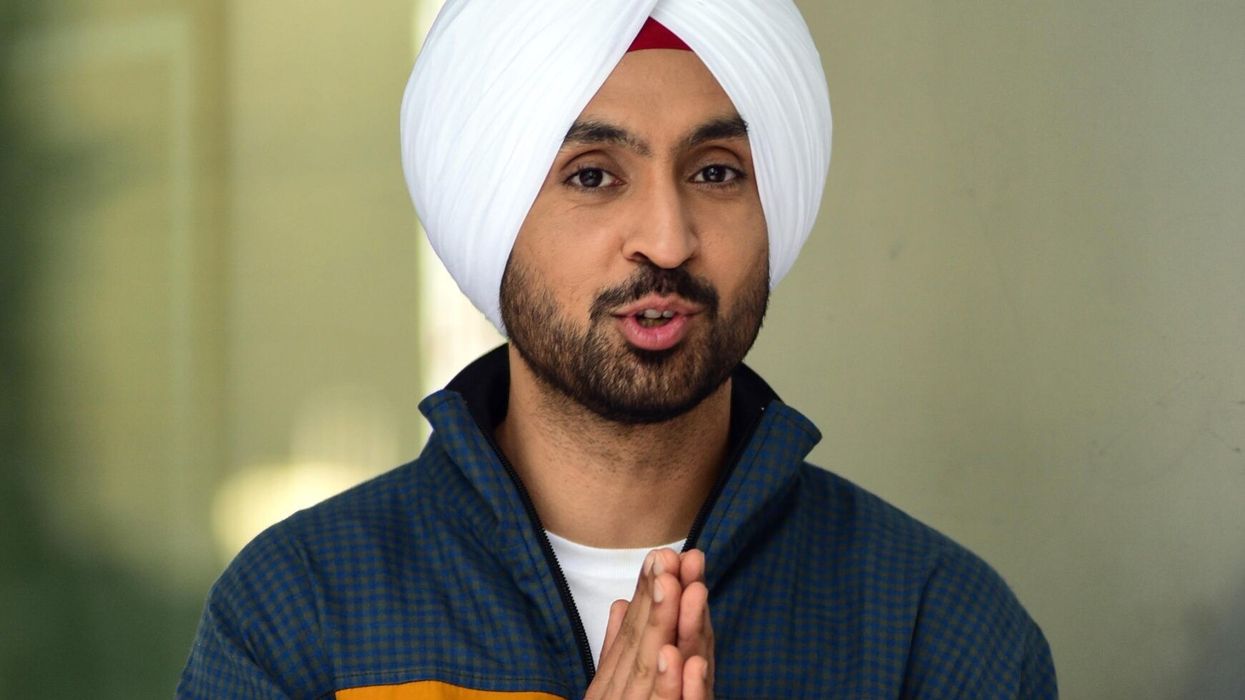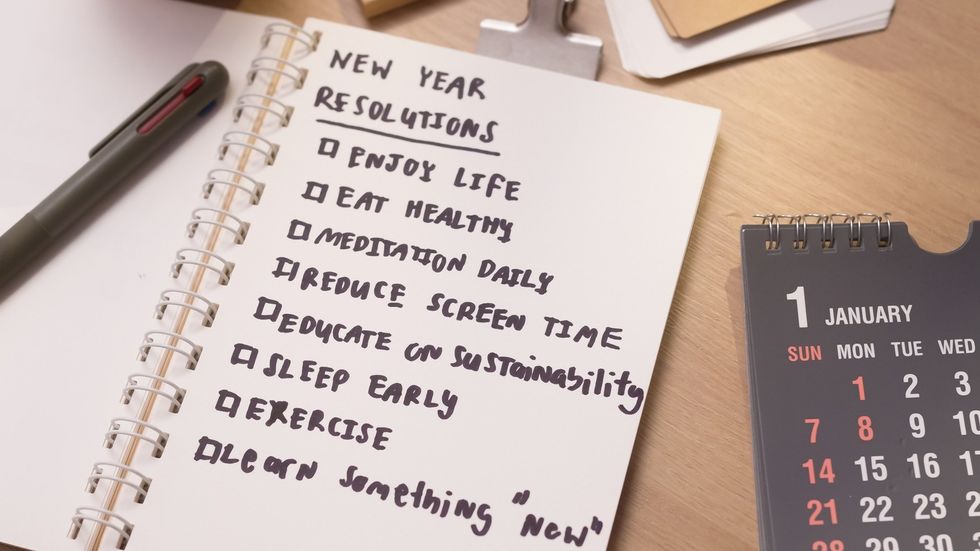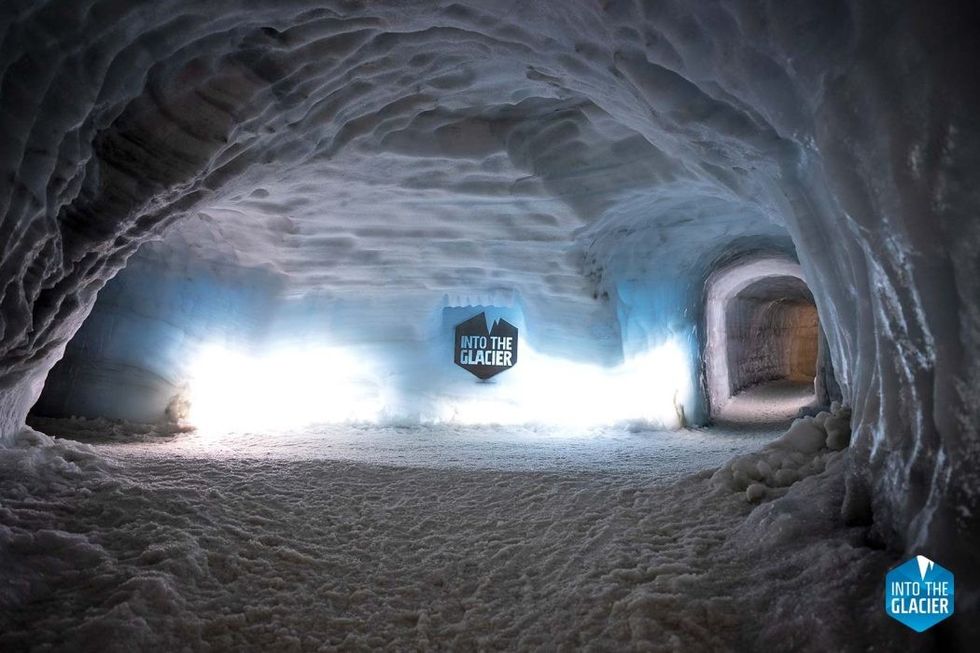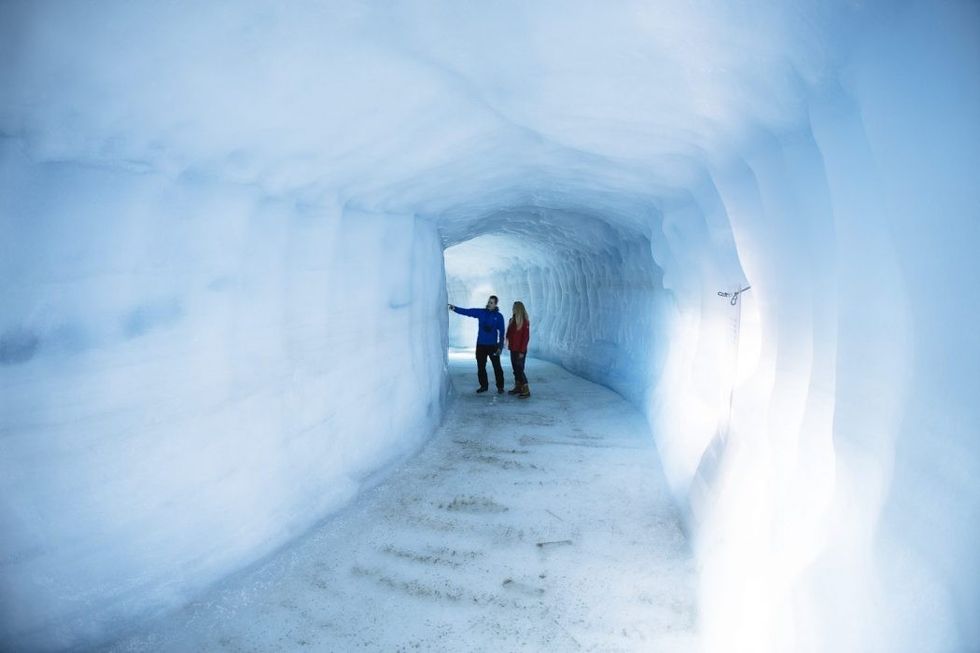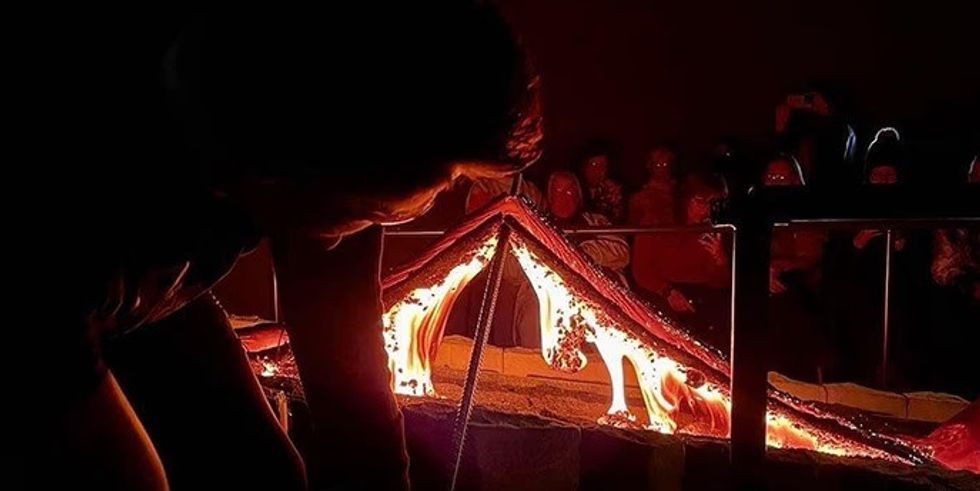SOUTH ASIAN people are the most likely to die of Covid-19 after being hospitalised in the UK, an extensive analysis has found.
The study covering about 35,000 people admitted to 260 hospitals noted that those with south Asian backgrounds faced about 20 per cent higher risk of death compared with white patients.
Diabetes was identified as “significant factor” in the higher risk of death among the ethnic group, added the study, which involved 27 institutions across the UK, including universities and public health bodies.
“Ethnic minorities in hospital with Covid-19 were more likely to be admitted to critical care and receive IMV [intermittent mandatory ventilation] than whites, despite similar disease severity on admission, similar duration of symptoms, and being younger with fewer comorbidities,” said researchers from the University of Edinburgh.
“South Asians definitely more likely to die from Covid-19 in hospital, due at least in part to a higher prevalence of pre-existing diabetes.”
Professor Ewen Harrison, from the University of Edinburgh, told the BBC that the profiles South Asians in hospitals “look completely different” in comparison with the white population.
"They're 12 years younger on average -- that's a massive difference -- and they tend not to have dementia, obesity or lung disease, but very high levels of diabetes," he said, adding that there wasn’t such a “strong effect in the black group".
Other explanations could be that more South Asians work in jobs where they would face a higher viral load, such as health and care, or genetic differences which made the group biologically more susceptible to the disease, but more work needed to be done, he told reporters.
Data from the Office for National Statistics on Friday supported the idea that ethnic minorities were more at risk from Covid-19, although whether it was because certain groups are more likely to contract it to start with, or are more susceptible to it, remained unclear.
According to the study, south Asians were 19 per cent more likely to die due to Covid-19, while black patients faced a 5 per cent higher risk of death when compared with white people.
Notably, the researchers said, about 40 per cent of South Asian patients had either type 1 or type 2 diabetes compared with 25 per cent of white groups.
Various studies have shown that diabetes increases the risk of infection, and also damages internal organs.
Analysts said the study -- reported to be the largest of its kind in the world -- held huge significance, as it had assessed data from four-in-ten of all Covid-19 patients in hospitals.
The results of the study that were yet to be peer-reviewed and published, followed a recent Public Health England review that said people of Bangladeshi heritage were dying at twice the rate of white people, while other black, Asian and minority ethnic groups had between 10 per cent and 50 per cent higher risk of death.










